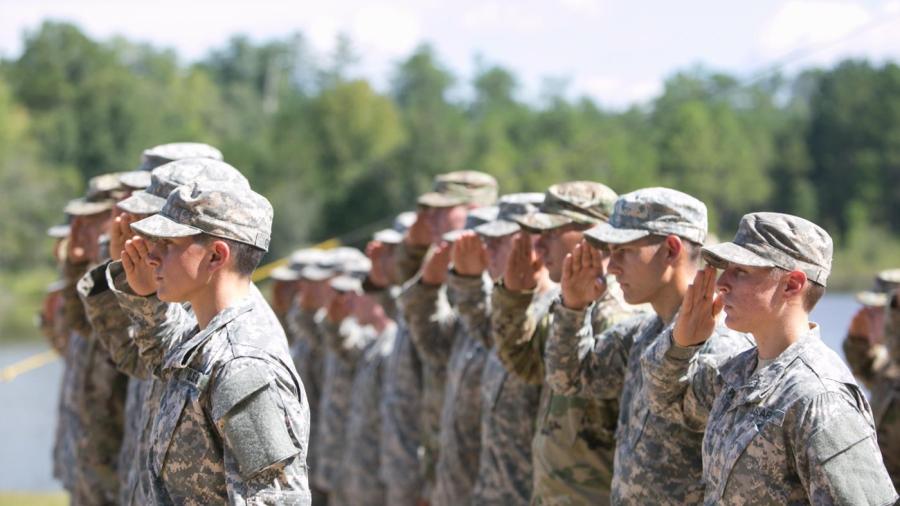What Is the Army’s Phonetic Alphabet?

The Army’s phonetic alphabet is a list of words used to identify letters in radio or telephone transmissions, beginning with Alfa for A, Bravo for B and ending with Yankee for Y and Zulu for Z. These words help to prevent similar-sounding letters from being mistaken for one another.
The remaining first half of the phonetic alphabet is as follows: Charlie, Delta, Echo, Foxtrot, Golf, Hotel, India, Juliet, Kilo and Lima. The alphabet continues with Mike, November, Oscar, Papa, Quebec, Romeo, Sierra, Tango, Uniform, Victor, Whiskey and X-ray. A typical use of the alphabet would be “Foxtrot India Romeo Echo” for “fire.”
The phonetic alphabet, which also was designed to help clarify garbled transmissions, was officially created and sanctioned in the 1950s by the International Civil Aviation Organization. The words used for the alphabet have changed over time with versions going as far back as 1913 in the Signals section of the Bluejackets’ Manual. The alphabet was paired with the Alphabetical Code Flags defined in the International Code in the Bluejackets’ Manual. Later editions of the manual also include Morse code signals that are still applicable as of early 2015. The alphabet also is used in the retail, technology, medical and airline industries.





